- 1.1 Examine the origins of policing in the U.S.
- 1.2 Analyze the nature of policing during the Political, Reform, and Community Eras.
- 1.3 Identify the purposes and roles of each level of law enforcement (federal, state, municipal, and county).
Welcome to Police Function
This course explores policing as a profession and as a discipline. Students will be provided with knowledge of how to become a police officer, the role of police officers and departments in American society, current and evolving issues and challenges including body cameras, the impact of social media on policing, and diversity. Students will be introduced to rule of law, which includes probable cause, search and seizure and arrests, ethics, and accountability. Students will be introduced to police operations, including general day-to-day policing activities as well as specialized operations, such as countering gangs, drug trafficking, terrorism, and hate crimes. Upon completion of the course, students will understand the role of law enforcement agencies and today’s complex operational landscape within which they work.
Learning Objectives/
- 2.1 Explain the law enforcement recruitment and selection processes.
- 2.2 Describe the testing requirements for applicants and the training regimen for newly hired officers.
- 3.1 Describe the role and duties of a police officer.
- 3.2 Explain police discretion and the factors that influence officers’ discretionary decisions.
- 3.3 Identify the causes of police job stress, what makes it unique from stress in other types of jobs, and its consequences for both officers and civilians.
- 4.1 Explain police subculture, its sources, and its implications for police officers.
- 4.2 Describe the purpose of body-worn cameras, officers’ sentiments toward their use, and their influence on police work.
- 4.3 Explain why and how social media has affected police officers and police work.
- 5.1 Analyze the unique challenges faced by female and minority police officers and the legislation that has tried to remove barriers to equal employment opportunity in law enforcement.
- 5.2 Explain why insufficient numbers of females and minorities in positions of power in the police can send the wrong message to the community.
- 5.3 Explain what diversification is and the strategies agencies adopt to encourage diversification of their officers.
- 6.1 Explain probable cause and its four primary sources.
- 6.2 Explain search and seizure, and when police are required to obtain a warrant and when they are not.
- 6.3 Explain the current law enforcement standard protocol for making arrests.
- 7.1 Examine police use of force and the standard for determining when the use of force is deemed excessive.
- 7.2 Identify the various types of police corruption and their impact on the agency and the community.
- 7.3 Explain the concept of liability and how lawsuits affect law enforcement agencies and their officers.
- 8.1 Describe the roles and functions of patrol officers and the various methods of police patrol.
- 8.2 Explain the role of detective units and the typical investigation process.
- 8.3 Explain the ways that police are involved in controlling traffic and the most common tasks associated with this function.
- 9.1 Describe community policing and the primary components of community policing initiatives.
- 9.2 Analyze problem-oriented policing and the Scanning, Analysis, Response, and Assessment (SARA) model of problem-solving.
- 9.3 Define procedural justice and how it enhances police legitimacy.
- 10.1 Explain “gang” and the primary goals and strategies of gang units and the challenges faced.
- 10.2 Analyze drug trafficking, its enforcement, and the challenges it presents to law enforcement officers.
- 10.3 Examine the various methods used by law enforcement to investigate terrorism.
- 11.1 Explain the role of police discretion in juvenile justice and the advantages and criticisms of police in schools.
- 11.2 Explain the challenges faced by police when interacting with transgender civilians and the typical experiences with police reported by transgender people.
- 11.3 Describe the challenges police face when interacting with mentally ill civilians and the current best practices for policing the mentally ill.
- 12.1 Explain hate crimes and how police effectively respond to such crimes.
- 12.2 Explain the primary methods police use to combat human trafficking and the challenges they face when doing so.

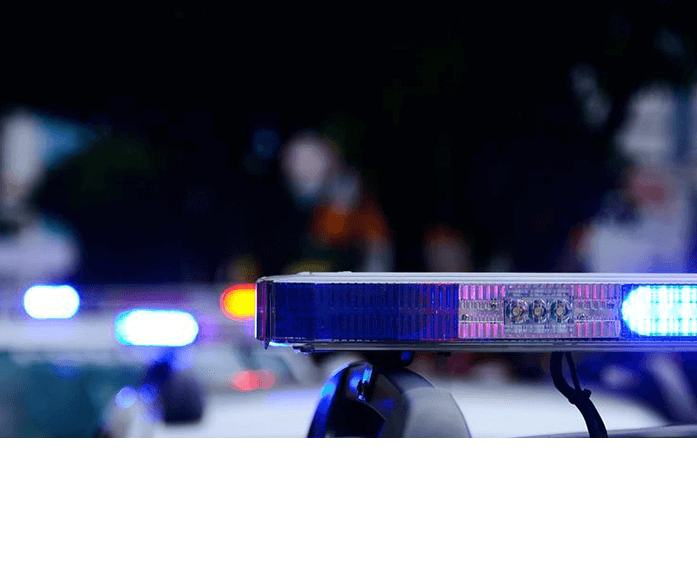
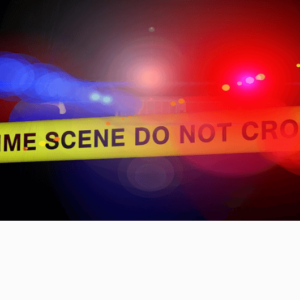

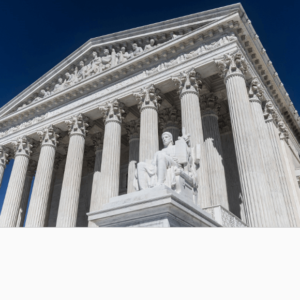
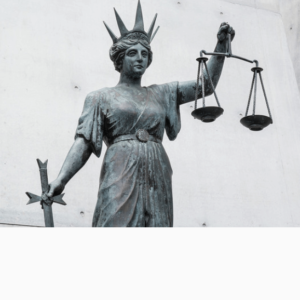
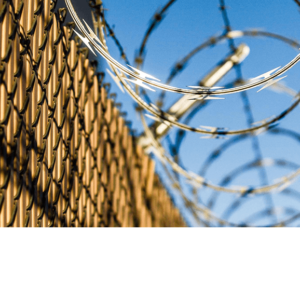
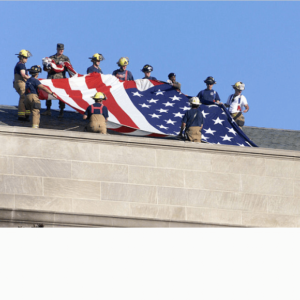
There are no reviews yet.